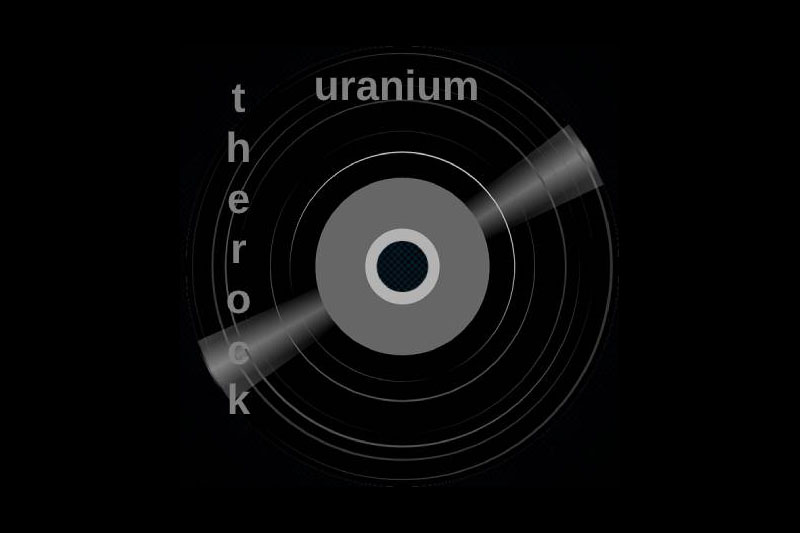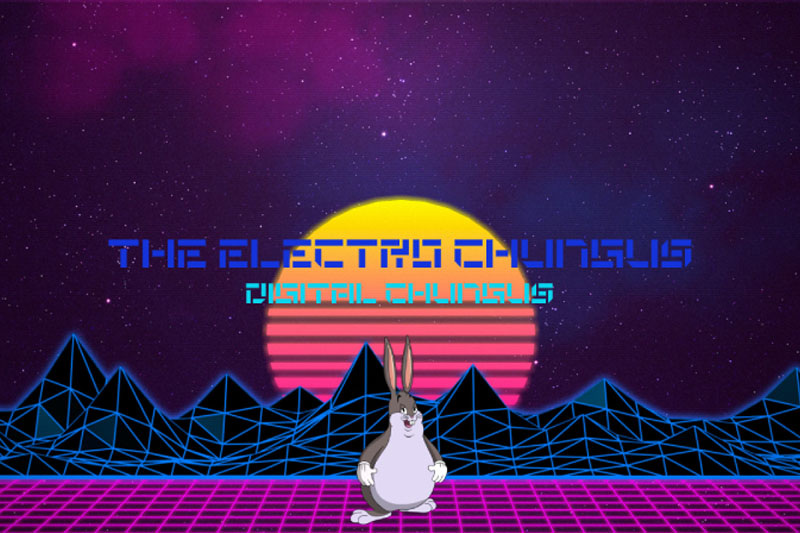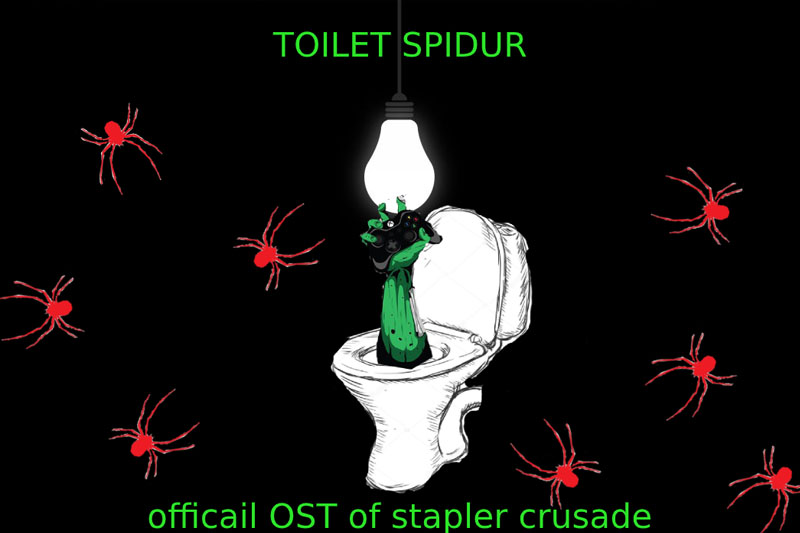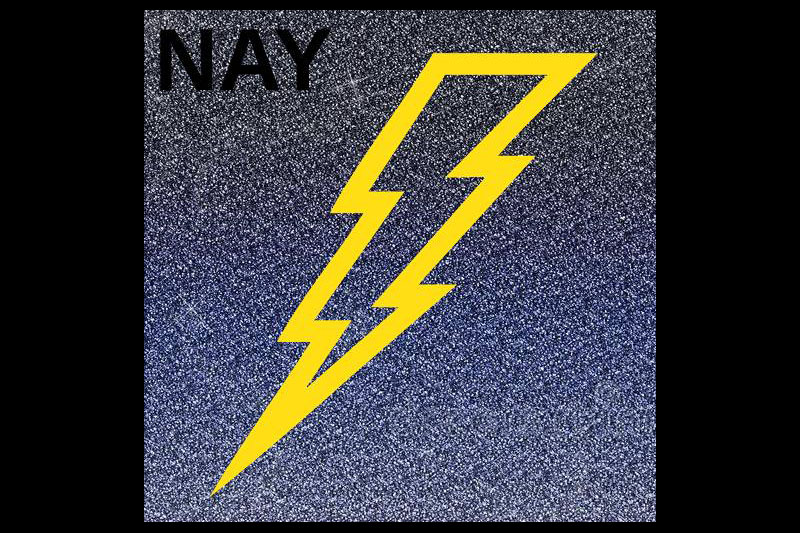Students in the Middle School Geography Course have taken on the job of considering early human history through the lens of Human Geography. By building on previous lessons about the spheres of the earth, Students had the opportunity to view episodes of CBC’s The Nature of Things documentary, “The Great Human Odyssey.”
Episode One taught the Middle School Students about the “evolution of adaptability” in homo sapiens. The climate throughout history has been volatile, resulting in the extinction of countless species. Climate has also affected where and when our ancestors were able to settle the earth.
This episode also features two case studies. Students explored how the San People (often called the Bushmen) in South Africa survive in the extreme climate of the Kalahari desert. They also learned about the expert breath-hold divers of Badjoa peoples of Tawi Tawi.
Students discussed the origins of humans in the continent of Africa, how early people survived drastic climate change, and how symbolic thought and art-making gives us an understanding of ancient quality of life.
By using new online tools, from video-conferencing, to Jamboard, students are building on their ability to navigate online course delivery, while exploring exciting ideas about the past, and our relationship with the world we inhabit.

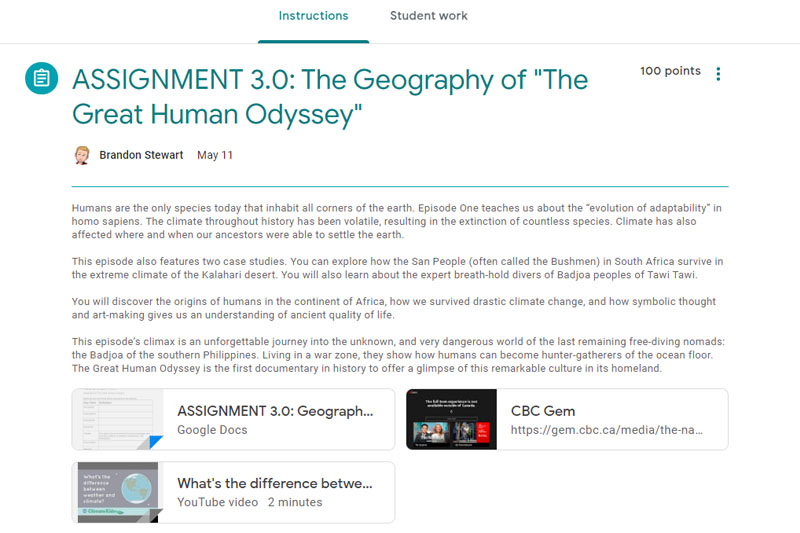
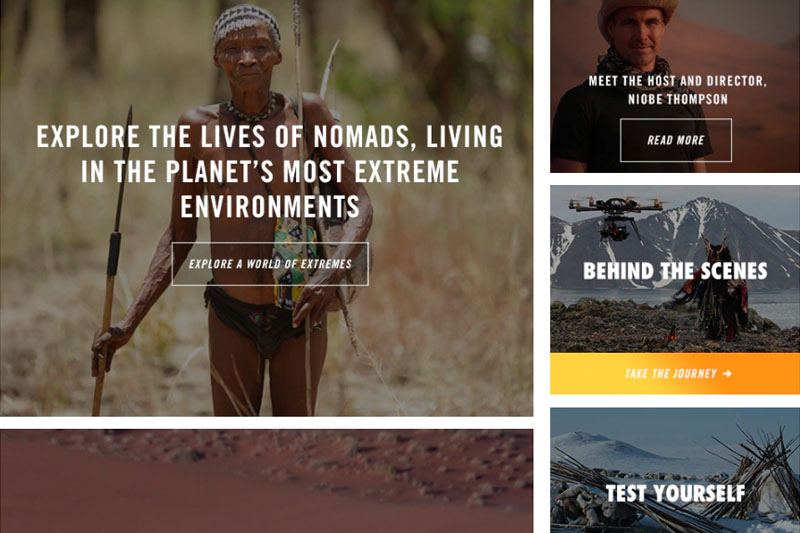
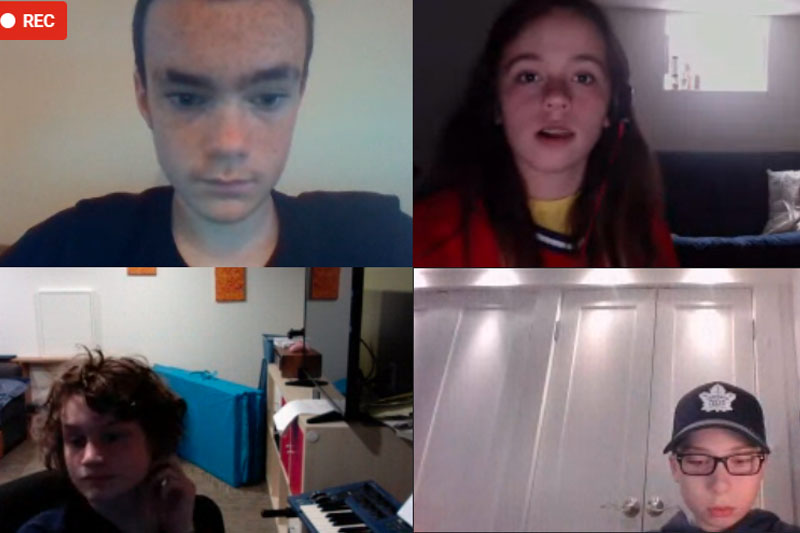
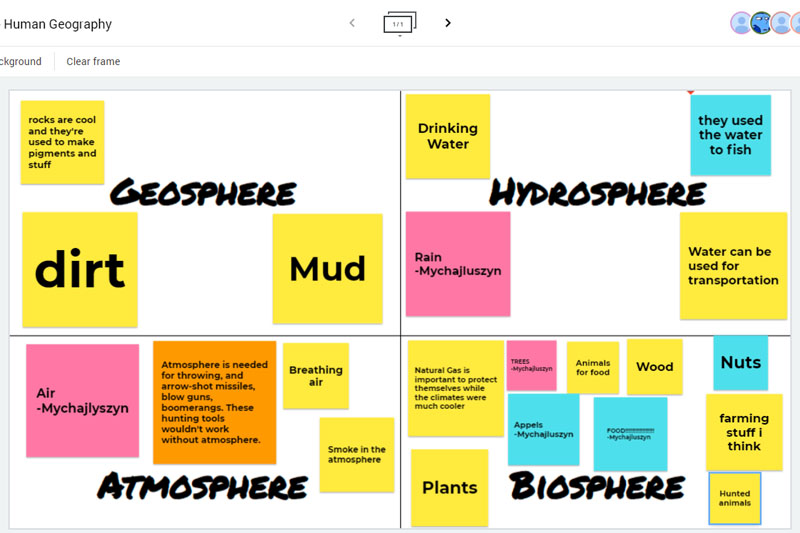
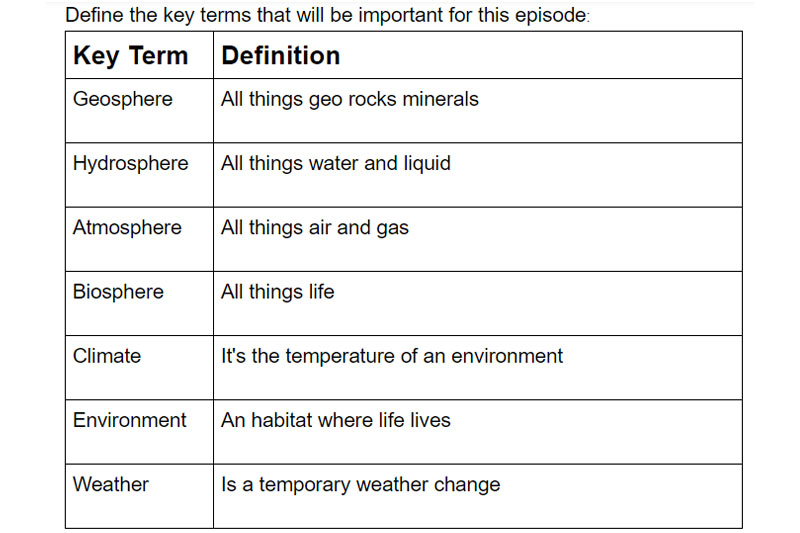
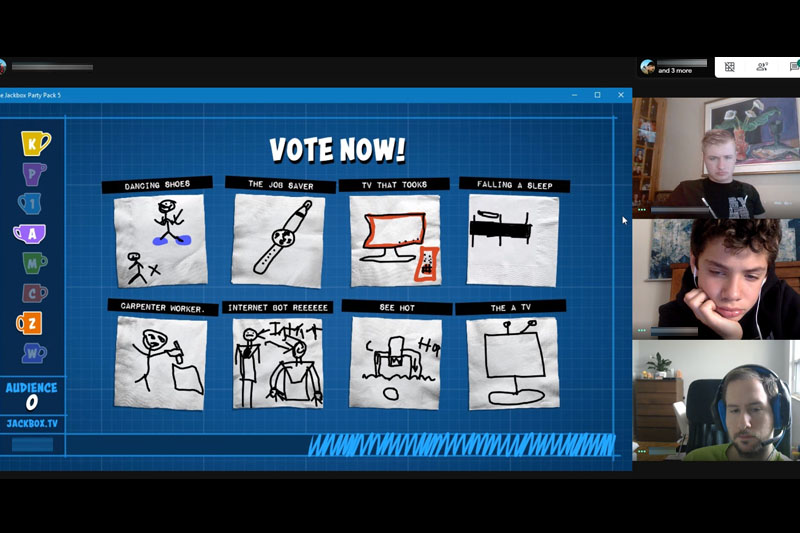
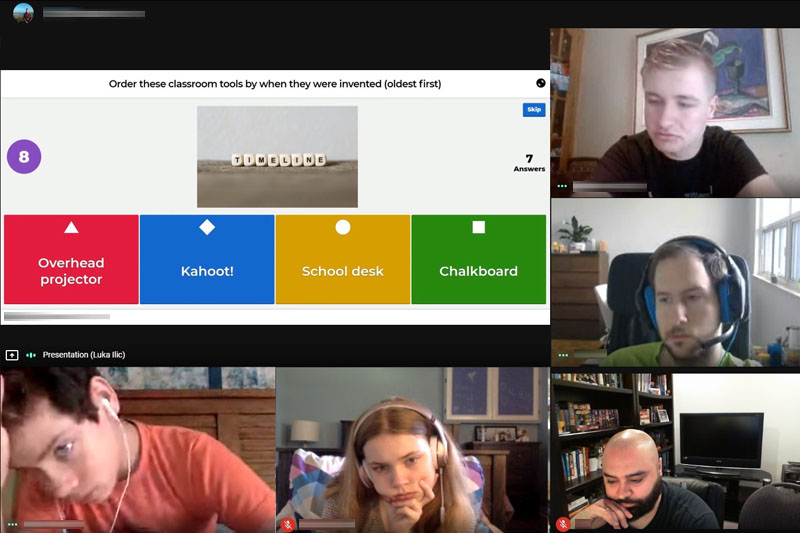
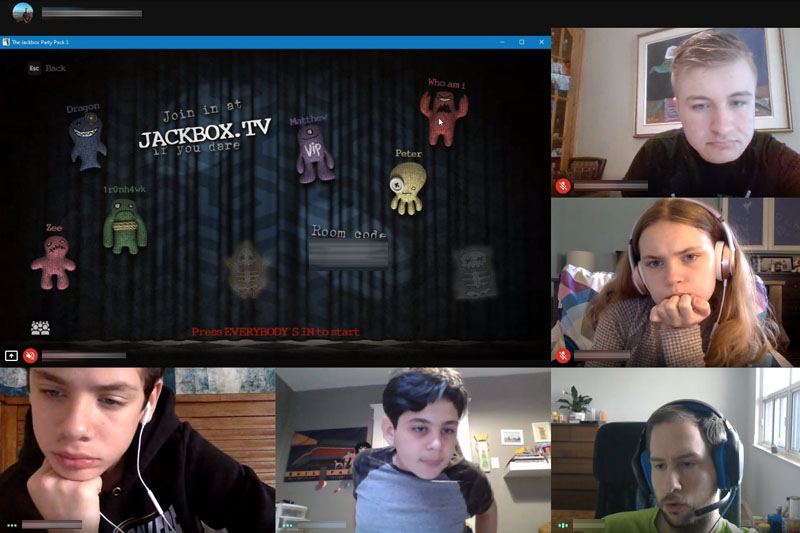
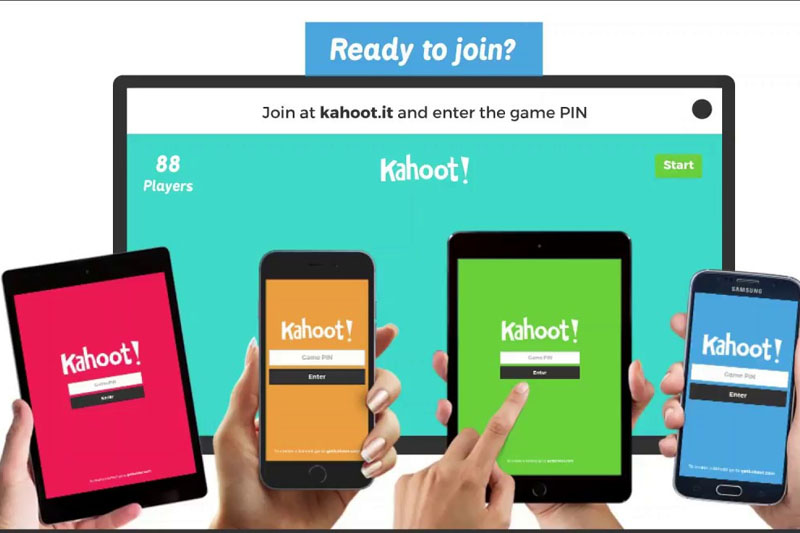
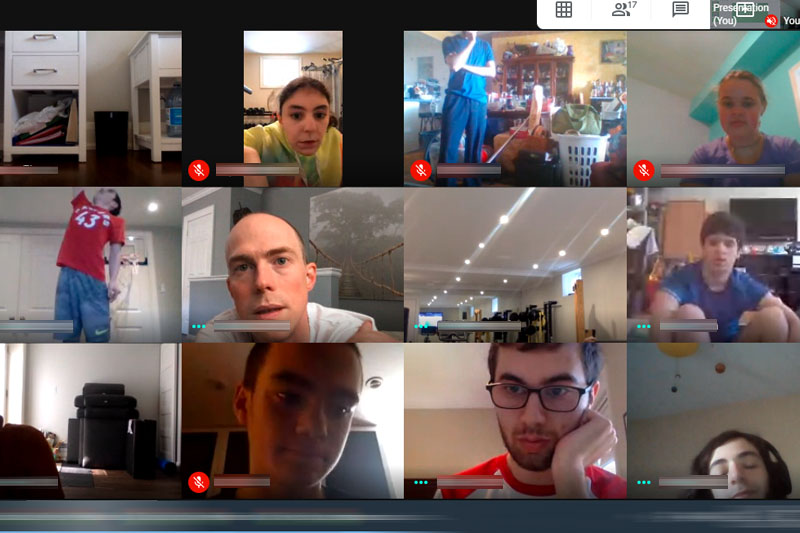
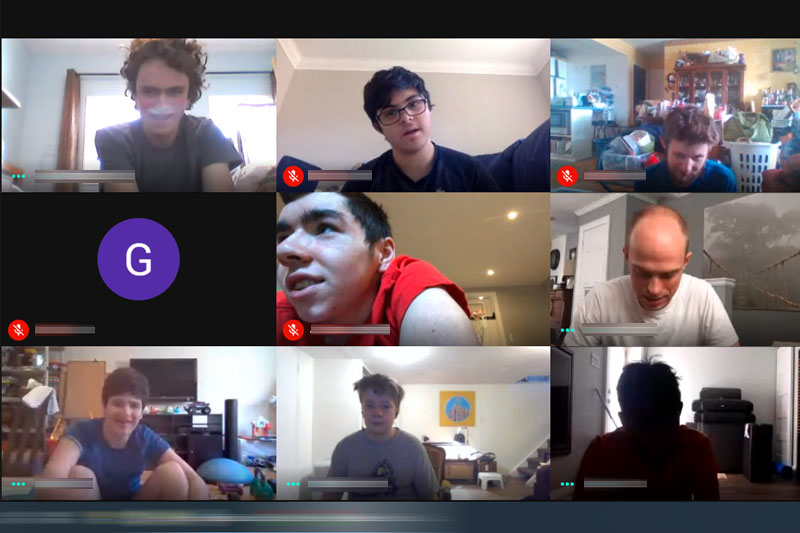
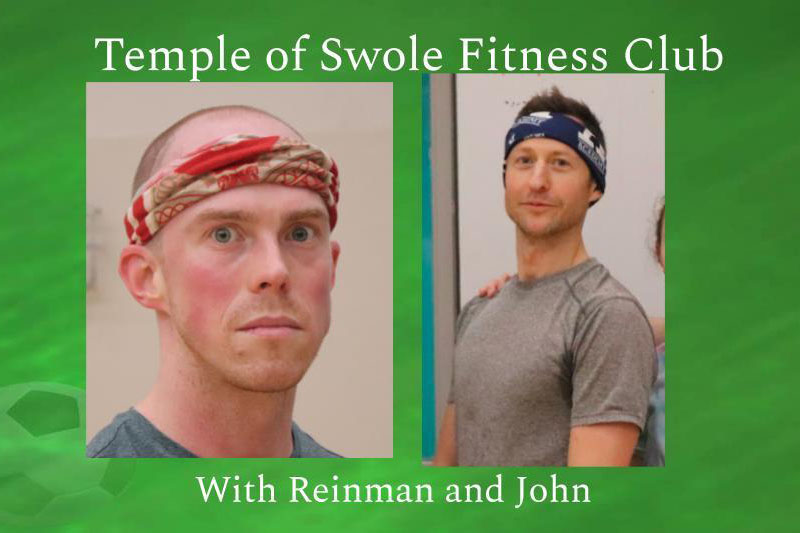
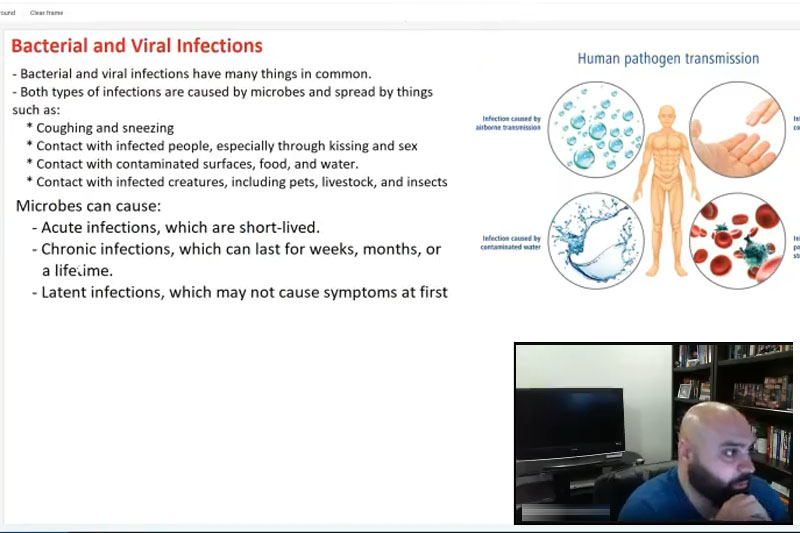

 We ended the unit by focussing on various types of symbiotic relationships and the dynamics of each. The unit itself being a fitting topic for the world we currently find ourselves living in, we spent the last class of the unit discussing bacterial and viral infections, their similarities and differences, and how to treat and prevent both types. To demonstrate their knowledge and understanding of the unit, students worked on a mini research project identifying and discussing the various impacts microorganisms have on their environments and the ethical issues related to their use in biotechnology.
We ended the unit by focussing on various types of symbiotic relationships and the dynamics of each. The unit itself being a fitting topic for the world we currently find ourselves living in, we spent the last class of the unit discussing bacterial and viral infections, their similarities and differences, and how to treat and prevent both types. To demonstrate their knowledge and understanding of the unit, students worked on a mini research project identifying and discussing the various impacts microorganisms have on their environments and the ethical issues related to their use in biotechnology.